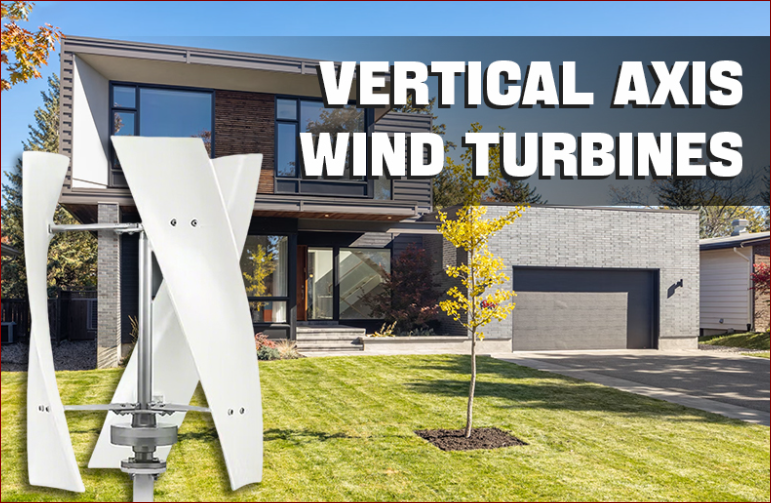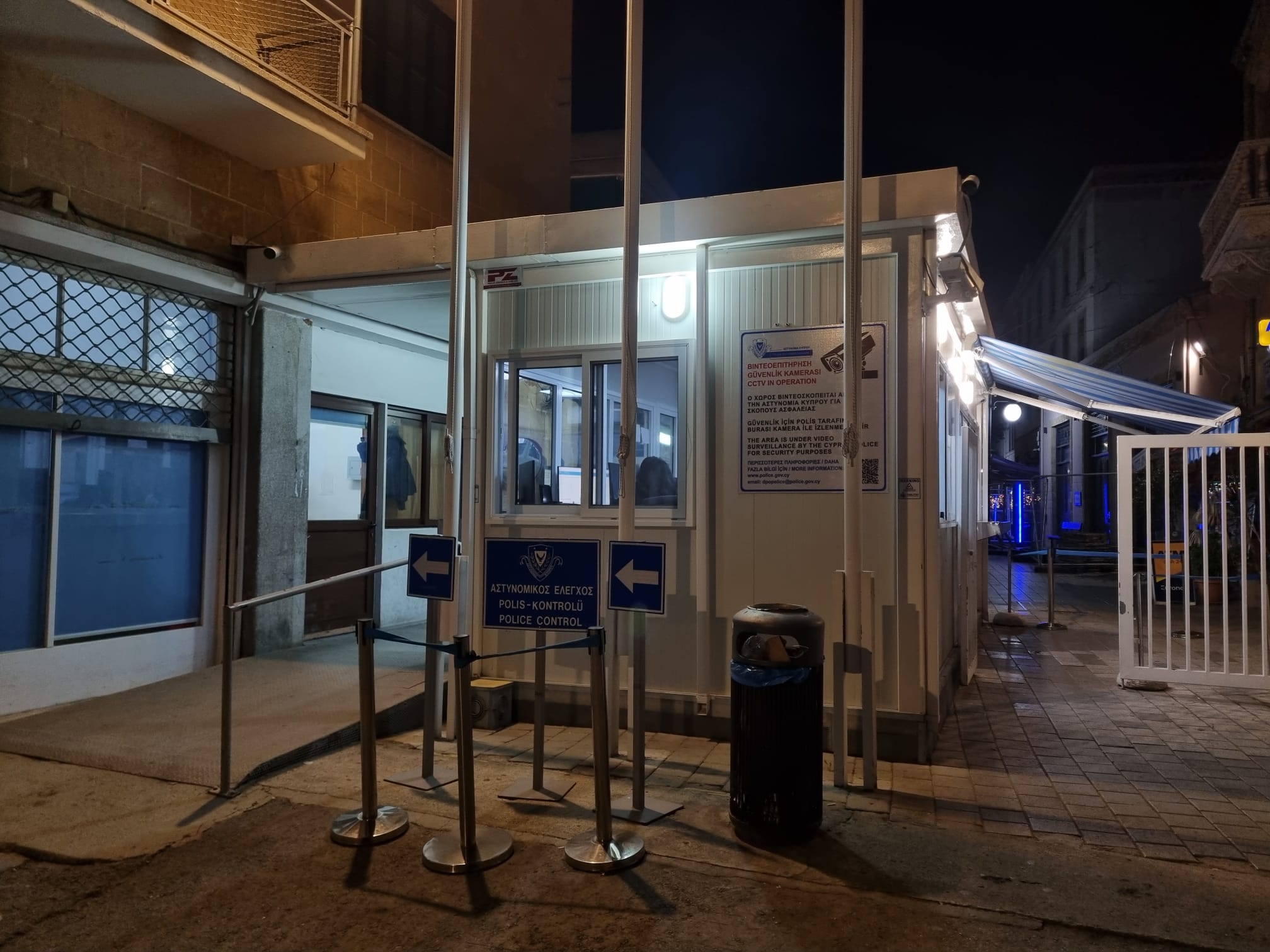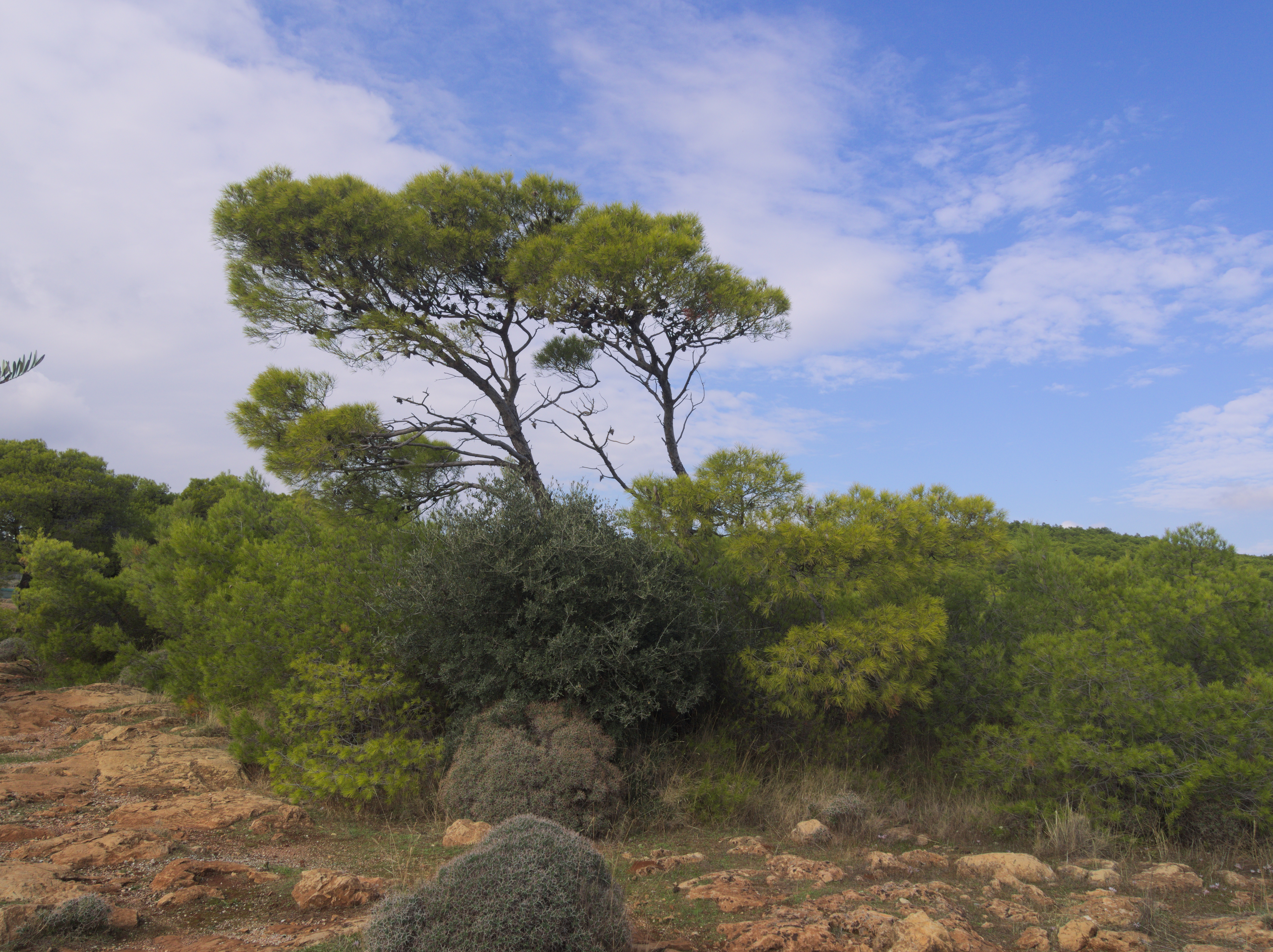The awareness of a greener future and its benefits is getting all the right attention in Europe. With the current climate conditions and with energy bills skyrocketing, every other person in the region is looking for a greener and efficient alternative. In fact, the energy markets are also quite volatile, which makes homeowners consider getting their own power system.
These circumstances have made the solar panels a popular choice among homeowners, and so a similar technology, i.e., Vertical Axis Wind Turbines (VAWTs), is also gaining traction. We know the idea of wind turbines makes you wonder how those gigantic wind turbines used to look on farms in old times, and you can’t accommodate such massive ones in your homes.
Well, you have some good news. Vertical Axis Wind Turbines (VAWTs) are nothing like those giant pillars. These are sleek and quieter turbines that generate electricity for your urban and suburban settings. Read on!
How vertical axis wind turbines work & key system components
As we said, it is nothing like the farm’s wind turbines, as these vertical axis wind turbines for home (VAWTs) work on a different principle. Their size, work principle, and required components make them suitable for residential settings. These generate electricity by rotating around a vertical axis, while they capture wind from any direction without the external help of yaw or turn. This design is made to adapt to the built-up European areas where the wind can be turbulent and shift its direction frequently.
Usually, it comes in two popular types: the Darrieus VAWTs and the Savonius VAWTs.
- Darrieus VAWTs use airfoil-shaped blades that provide lift. It is highly efficient in consistent wind conditions.
- Savonius VAWT uses a drag-based principle, resembling scoops or cups. It works fine in lower, more turbulent wind conditions. They also have very low starting wind speeds.
For your reference, a typical home VAWT system designed for European homes includes:
- The Turbine (Rotor & Blades)
- The Generator
- The Controller
- The Inverter
- The Battery Storage (Optional but Recommended)
- And The Mounting System
What to look for when buying a home VAWT system
This is a part of your research that you will conduct before investing in a vertical-axis wind turbine. You will assess your property and understand these technical specifications:
The Starting wind
This is the point at which the turbine will begin to rotate and generate electricity. For most European residential settings, especially urban or suburban areas, get the VAWTs with a very low starting wind speed, typically between 2-3 m/s (4.5-6.7 mph). This means your turbine will produce power more consistently, even on less windy days.
The rated power output (kW)
This means the maximum electrical power the turbine can produce. You have to match this to your average daily or annual energy consumption. Depending on the average energy consumption of most European homes, the rated output should be between 1kW and 5kW of the VAWT.
The noise level (dB)
You don’t want to disturb your neighbours. You have to check the manufacturer’s specified decibel (dB) levels at various operating wind speeds. Look for VAWT models that operate below 40-45 dB on average speed. This range complies with local noise ordinances common across Europe.
The rotor diameter/swept area
Why? To assess the physical size of the turbine and its capability to capture wind. A larger swept area generally means more power, but you have to consider the physical space available on your property and any aesthetic or planning restrictions.
The cut-in and cut-out wind speeds
Cut-in Speed is the wind speed at which the turbine consistently generates useful power. The cut-out speed is the maximum safe wind speed at which the turbine will automatically shut down or brake to prevent damage. This is a safety feature for Europe’s varied weather, including potential storms.
The blade material and construction
Look for blades made from strong, weather-resistant materials like reinforced fiberglass, carbon fiber composites, or marine-grade aluminum. These kinds of materials will give longevity against UV degradation, frost, and strong gusts.
The maintenance requirements
You can ask your supplier for a maintenance schedule (e.g., annual checks, bearing lubrication frequency). These turbines don’t require frequent maintenance, but you need to know about their maintenance requirements for the long term.
The certifications and warranties
Check with your supplier if the VAWT complies with relevant European safety and performance standards (e.g., CE marking) and if they offer a comprehensive warranty covering key components like the generator and blades.
The applications and specific recommendations for Home VAWTs
Before you go installing a VAWT system at your home, let us tell you that there is no standard application that applies to every home. The process and the requirements for installation depend on your property’s characteristics and energy targets. We know this may sound a bit of a hassle at first, but read on as we will explain a few applications for you to understand the specifics.
- Urban/suburban rooftop installation
This kind of setup is usually too populated and offers very limited ground space. Besides being a tight space, there are other considerations like the wind being turbulent because of buildings, the neighbourhood has strict noise regulations, and the VAWT might impact the visuals of your neighbourhood.
For these kinds of places, homeowners should get compact, low-profile VAWTs and these are very easy to find in the market. Companies offer various smaller Darrieus or Savonius types of vertical axis wind turbines for urban and suburban homes. These vertical ones are better than horizontal ones because they operate successfully in lower, turbulent winds and don’t make much noise.
Besides, you have to look for VAWTs with a relatively smaller “swept area” and give minimal vibration. Don’t worry, the company you choose for installation will send a structural engineer to assess your place and help you figure out which vertical axis wind turbine is best for your home.
Also, suppose you already have existing solar panels. In that case, the engineer will integrate the VAWTs with them to give you maximum energy output even in winter months when solar panels don’t perform well.
You can ask your installer whether this VAWt can withstand urban wind turbulence and what the decibel levels are for full operation. Furthermore, urban wind resource assessments can help you understand the wind potential around your property. This way, you can strategize its placement.
In fact, a report by the Technical University of Denmark states that the strategic placement of rooftop VAWTs has contributed a lot to satisfying urban energy demand.
- Rural/semi-rural property with open space
Now let’s consider this application scenario where a VAWT is placed in a rural or semi-rural property with a good amount of open space. This sounds ideal, but it also has its own set of challenges. The wind is consistent here, but you have to focus on maximising the output without relying on grids.
For this scenario, larger and more powerful VAWTs are the best choice for maximum energy generation. Such VAWT models will give power output of around 5kW to 10kW+ and will aim for near self-sufficiency. In some cases, the excessive power will be given back to the grids.
To select the right VAWT, the engineer/installer will carry out research using an anemometer situated at the turbine’s height for a certain period of months. This research will help them select the correct size of VAWT for the average wind speed in that location. This will also help decide whether to go with a grid or off-grid system, battery bank, inverter, etc., capable of handling the household load.
- Hybrid systems (VAWT + Solar PV)
In some cases, your area is not windy enough to sufficiently supply energy with just VAWTs. Or say, your solar panels don’t provide enough energy when there isn’t enough sunlight. In such scenarios, there are hybrid systems where the VAWTs and Solar PVs are integrated to give maximum energy output.
Why? You can’t rely on just one renewable energy source, as there can be energy gaps when the days are cloudy or when the wind is inconsistent. Combined, both can make a synergistic hybrid system for consistent energy production. Ask your installer what is required to make the VAWT and solar PV work as a cohesive energy system and what battery storage is recommended.
Upon knowing the requirements, you can decide whether this system comes within your budget. The installer will choose compatible devices (inverter, smart systems, battery storage, etc.) Why do people consider hybrid systems? Well, research conducted on installations in Europe showed that hybrid systems increase renewable energy production by 30-50% compared to single-unit systems.
- Remote or off-grid homes/cabins
We all know that staying in off-grid/remote areas comes with its own challenges, and in terms of power supply, these locations lack independent power generation. For such places, small to medium-sized VAWTs are ideal. VAWTs of 200W to 2kW are good for remote homes or cabins to satisfy their energy needs.
Savonius-type vertical-axis wind turbines are low-maintenance and can operate even in low wind speeds. However, you will need a good battery bank to store energy and also a charge controller for wind input. For this system, you will need an inverter, depending on your AC needs, and you can even combine a small backup generator when the wind is unusually low.
- Large residential properties with outbuildings
By this, we meant large homes with extra grounds, for example, separate garages, workshops, and guest houses. These kinds of properties have high energy consumption, and so the homeowners have to get the property assessed by the installer to understand the energy demand and the requirements of a sufficient VAWT system.
Here, the VAWT can be used to power certain outbuildings as needed and reduce the amount of load on the main house’s grid. Why not use a HAWT for these properties? VAWTs offer a smaller footprint than HAWTs, can be placed in areas where you like, and even power distant outbuildings.
There are numerous suppliers willing to work with such residential areas, and one of them is PowerHome. This company partners with local developers in the installation of vertical-axis wind turbines for every type of home. They aim to reduce your reliance on grid electricity and save you from high energy bills.
Final thoughts
We hope we have cleared up your thoughts about the application and selection of a wind turbine for home usage. As a matter of fact, Vertical Axis Wind Turbines are becoming the new norm in Europe’s sustainable home energy systems. More and more European homes are adapting this model for independent energy supply.
Want to know which VAWT fits your rooftop or rural property? Explore top-rated residential wind energy systems from PowerHome.
DISCLAIMER – “Views Expressed Disclaimer: Views and opinions expressed are those of the authors and do not reflect the official position of any other author, agency, organization, employer or company, including NEO CYMED PUBLISHING LIMITED, which is the publishing company performing under the name Cyprus-Mail…more







Click here to change your cookie preferences